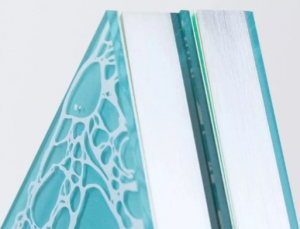The cover reflects the essentials of the notebook, conveys the value of the notebook intuitively, and protects the inner core from the structural point of view. Commonly used cover materials for notebooks include paper, leather, cloth, felt, PVC, and so on.
Common cover material
1. Paper cover
Generally, notebooks with paper as the cover have thicker and stiffer cover paper. The notebook is relatively thin as a whole, suitable as a notebook and easy to carry. Saddle stitching and sewing stitching are commonly used binding methods for this type of notebook.
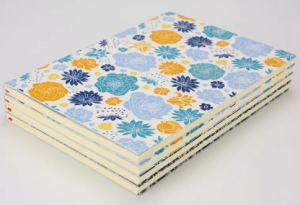
2. Leather cover
Leather notebooks are generally divided into hard-shell hardcover and soft leather-bound:
A. Hard-shell hardcover notebook covers are usually mounted with gray boards, cut rounded corners, and have some accessories, such as rubber bands, ribbons, and so on.
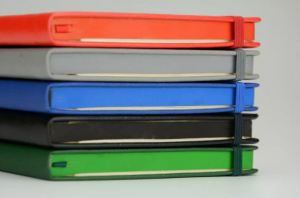
B. The cover material of soft leather is usually mounted on the first page of the text, and the whole notebook can be bent 180 degrees. There are also many choices of leather materials, including real leather, imitation leather, tactile, textured, etc. The color of the leather can also be customized according to needs.
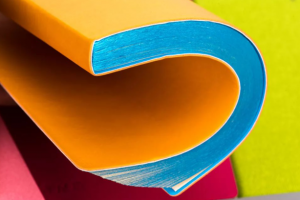
3. Canvas cover
Generally speaking, a cloth notebook has a shorter service life than a leather hardcover notebook, and the configuration is relatively simplified. There are also many choices of fabrics, such as cotton, linen, silk, woolen cloth, etc. You can choose the corresponding fabric according to the notebook tone.
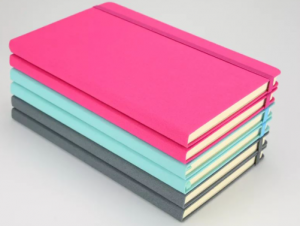
4. Felt cover
The felt notebook has a fluffy and soft texture. The biggest advantage is that the cover can be reused and the inner core can be replaced freely. The felt cover is relatively thick, and there are usually accessories connected to the inner core to control the opening and closing of the cover. As shown in the picture above, the two insert pockets on the cover are connected to the inner core, and the magnets placed on the cover control the opening and closing of the notebook.
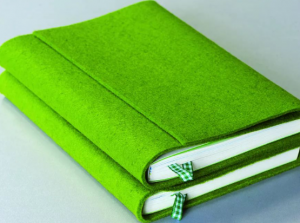
5. PVC cover
The PVC cover and the YO circle binding method can be said to be the most familiar notebook form for the student party. With the continuous optimization and upgrading of notebooks, in recent years there has been a form of collapsible PVC and binders, which is more flexible and is more conducive to the collection and sorting of materials.
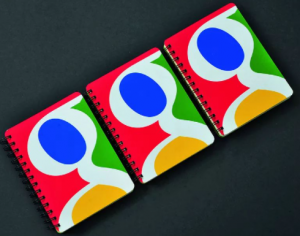
Special cover material
1. Imitation wood cover
This “deceptive” book has the first impression that it is made of wood. It looks like, touches like, and even knocks it is the sound of wood chips, so it is called “imitation wood”. But from the side, you can see that it was made, and it was realized by multi-layer mounting with different colors of colored paper. The wood grain is a printed picture, and the concave-convex texture is made with an intaglio plate. The picture and the texture are closely integrated, showing a wood-like effect.
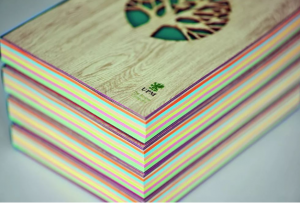
2. Washed cowhide cover
Washable kraft paper, as its name implies, is washable kraft paper. In addition, it can be printed, printed, laminated, coated, and screen printed. It is a new type of low-carbon environmentally friendly material. The raw material of washed kraft paper is natural fiber pulp, which does not contain harmful substances, can be recycled, degraded, and can be recycled and reused.
Washed kraft paper not only has the toughness, stiffness, and wear resistance of kraft paper, but also has the characteristics of textiles that are washable and dry-cleanable. Therefore, washed kraft paper is also called “washable kraft paper” and “washable kraft paper”.
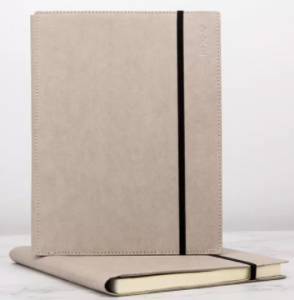
3. Acrylic cover
Acrylic notebooks are rare and very eye-catching. This notebook is produced by an innovative design company. Bright acrylic, with foam-shaped stickers, is full of design.
